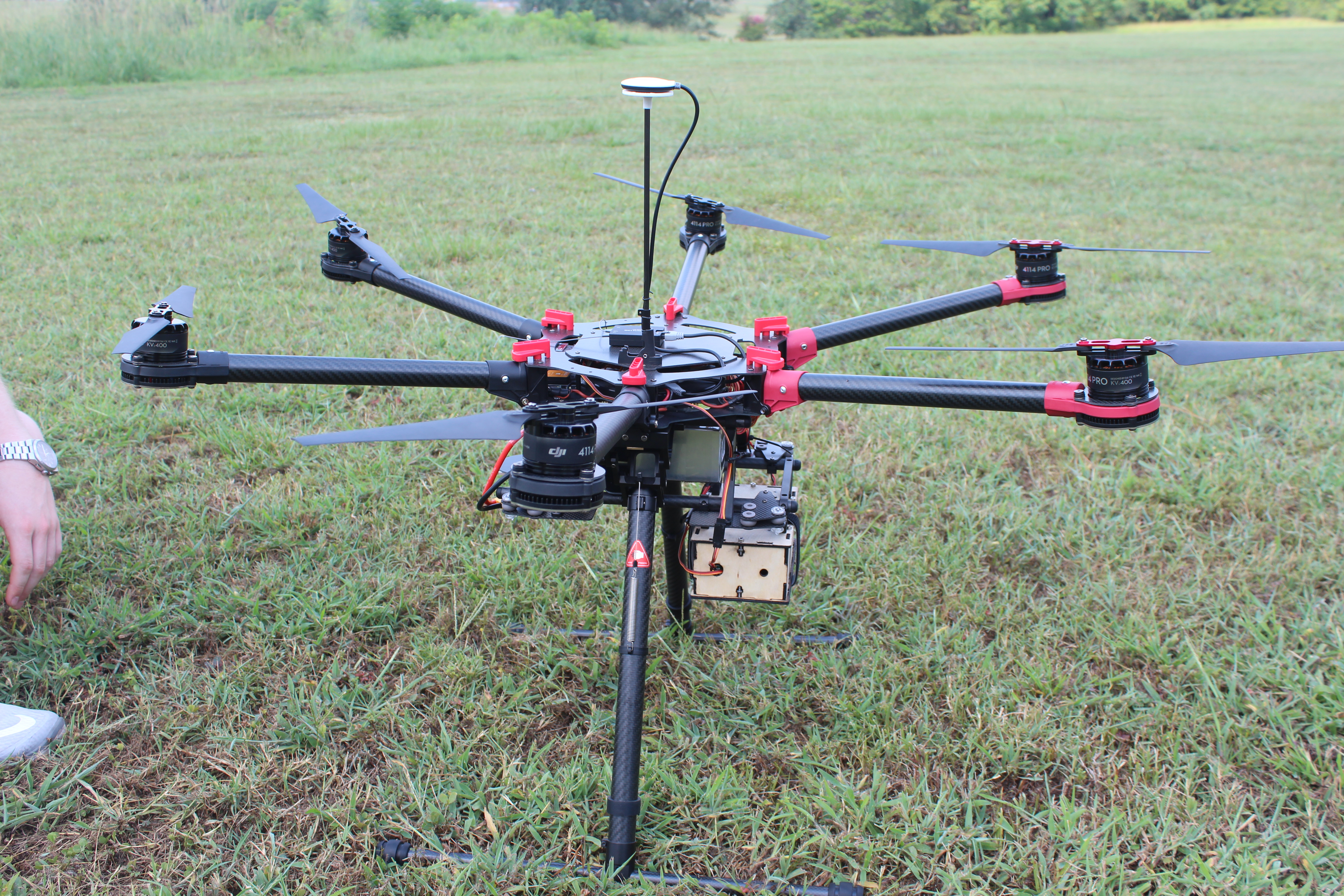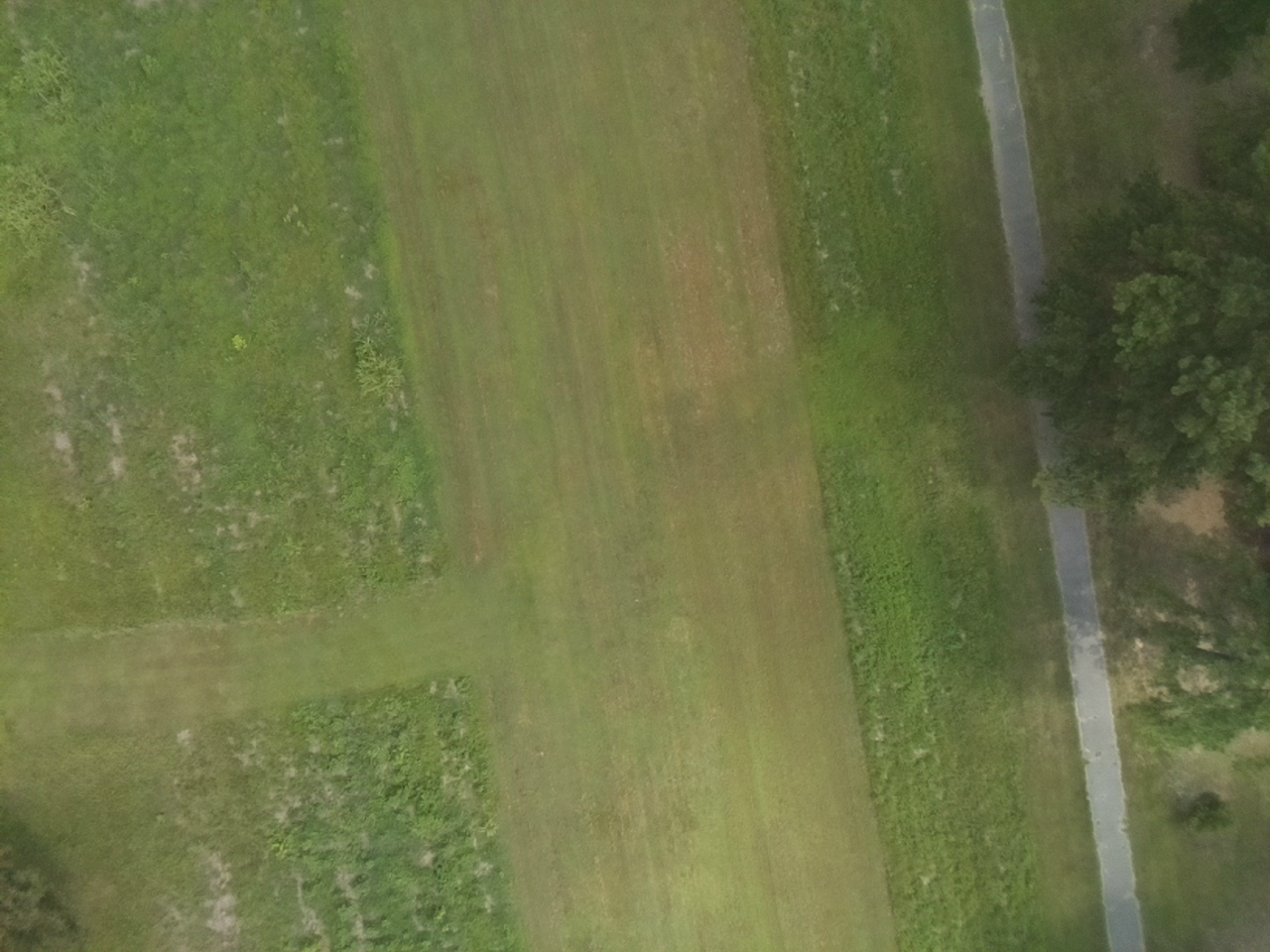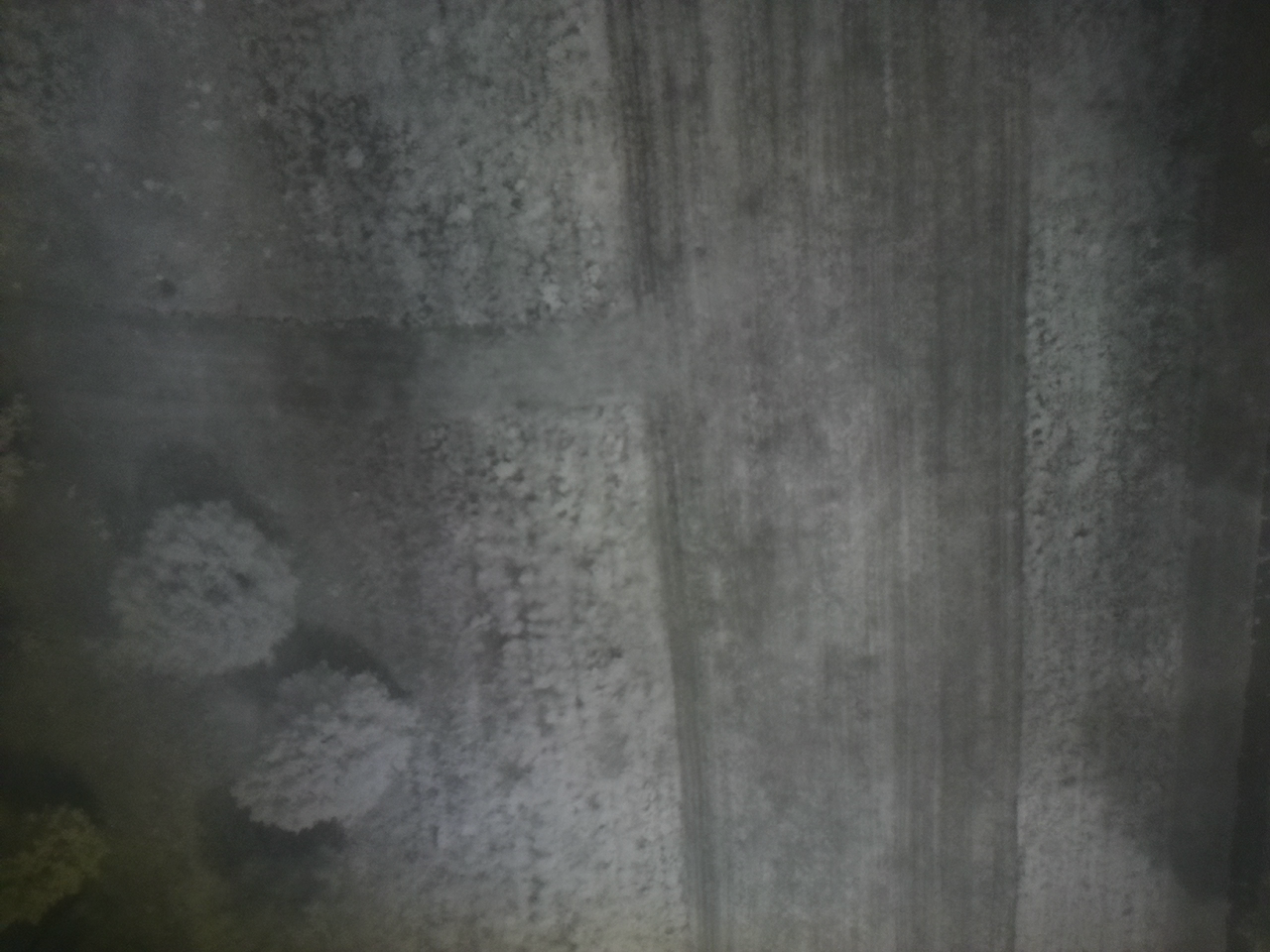First Flight

This past Friday, Christopher Simpson and I took the multi-spectral camera out for its first trial run. The main goal of this flight was to verify the functionality of the system. Luckily for us, the camera worked flawlessly. Every time the button was pressed on the DX8 transmitter, a NIR and an RGB image were captured. Once the images were transferred from the Pi’s to a separate computer via a SSHTP connection, we realized two things. Firstly, the NIR images came out much better than expected. The NIR filter that we used had a narrow bandwidth (840 ± 10 nm), and that worried me. I did not expect us to be able to retrieve high quality pictures with such narrow restrictions. Secondly, the cameras need to be adjusted so that their pictures can be aligned. Because the cameras were mounted using only a friction fit, their images are not identical. In the next iteration of the camera box, which I am currently working on, the RGB and NIR cameras will be bolted to the box.


As you can see, the images do not line up perfectly. This presents a problem when trying to use vegetation indices. One could use line tracing to match up the pictures, but this method is far from ideal. Also, it seems that the corners of the NIR image are slightly darkened. I believe this is due to light leakage around the bandpass filter. I will use a gasket system around the filter in the camera box’s next iteration.
Overall, I am very happy with the camera’s performance. There are many tweaks and fixes that need to be set in place, but this is a great step in the right direction. Hopefully, the next camera test will be conducted over row crops.
UPDATE (08/14/17): Currently, I am producing a design that allows for the full functionality of the Pi’s to be accessed without having to disassemble the the camera box. This design also create the necessary tighter seal around the filters. In addition, there will be room for only two cameras as opposed to the original design of four cameras.